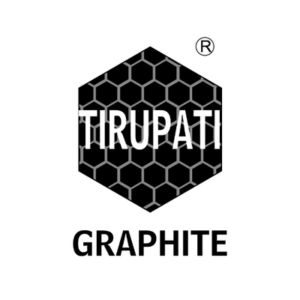T
Graphite, a naturally occurring crystalline form of carbon, is an essential mineral with significant industrial applications. It can be found in metamorphic rocks or produced synthetically for various uses. The global demand for graphite is on the rise, largely driven by the electric vehicle and renewable energy sectors. This surge in demand has prompted many countries to explore new graphite sources and enhance their production capacity to meet future needs.
Graphite mining techniques vary depending on the deposit type and location. Open-pit mining is often preferred for surface deposits, while underground mining is used for deeper resources. The process begins with extracting the ore, which is then crushed, ground, and subjected to flotation. This method takes advantage of graphite’s hydrophobic properties to separate it from other minerals. Following this, the graphite is dried, screened, and graded based on carbon content and flake size.
China is by far the largest producer of graphite, accounting for approximately 79% of the world’s supply, with an annual output of around 820,000 tonnes. Brazil is the second-largest producer, contributing 68,000 tonnes each year, while Mozambique follows closely with 30,000 tonnes. Madagascar and Russia complete the top five, producing 28,000 and 27,000 tonnes, respectively. Other notable contributors include Canada, India, Ukraine, Germany, and Norway.
Graphite’s unique properties make it indispensable in numerous industries. Its ability to conduct electricity and heat, along with its resistance to high temperatures, makes it ideal for use in steel production, particularly in the manufacture of refractory materials for furnaces. The automotive industry relies on graphite for brake linings, clutch materials, and lubricants. The aerospace sector uses graphite’s high strength-to-weight ratio in composite materials for aircraft components, while electronics industries utilise it for electrodes and conductive coatings. In nuclear reactors, graphite acts as a moderator to slow neutrons and sustain fission reactions.
The energy sector, however, is the primary driver of graphite demand, particularly due to its role in lithium-ion batteries used in electric vehicles and portable electronics. The global shift towards clean energy and the growing need for energy storage solutions have made graphite a strategically important resource.
The geopolitical dynamics surrounding graphite production are evolving rapidly. As demand increases, concerns over supply chain security have grown, especially with China’s dominant position in the market. In response, countries like the United States, Canada, and Australia are working to develop domestic graphite sources and establish new partnerships to diversify their supply chains. The European Union has also recognised graphite as a critical raw material, prompting efforts to secure reliable supplies and explore new deposits in Europe, particularly in Sweden and Finland.
Meanwhile, African countries such as Mozambique and Tanzania are becoming key players in the graphite market. Their growing production capacity is attracting significant investment from both Western and Chinese companies, which may shift the global supply dynamics. As demand for this crucial mineral continues to rise, the competition for graphite resources is intensifying, reshaping diplomatic and economic relations between producing and consuming nations.
Graphite’s growing significance in the energy transition is driving both industrial innovation and global geopolitical shifts. With its essential role in a wide range of sectors, securing a stable and diversified supply of graphite is becoming increasingly critical to meeting future global demands.
Tirupati Graphite PLC (LON:TGR) is a fully integrated specialist graphite and graphene producer, with operations in Madagascar and India. The Company is delivering on this strategy by being fully integrated from mine to graphene. Its global multi-location operations include primary mining and processing in Madagascar, hi-tech graphite processing in India to produce specialty graphite, and a state-of-art graphene and technology R&D center to be established in India.


